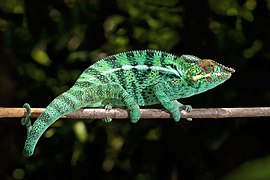Página principal
Jump to navigation
Jump to search
|
Bem-vindo à |
Navegação de Táxons
|
Explore a Wikiespécies
Colaboração com ZooKeys Foi anunciada uma colaboração entre a Wikiespécies e ZooKeys. As imagens das espécies do ZooKeys serão enviadas para a Wikimedia Commons e utilizadas na Wikiespécies. |
|
O Wikispecies existe graças à Wikimedia Foundation, entidade sem fins lucrativos que gere projectos em diversos idiomas e de conteúdo livre:
|








